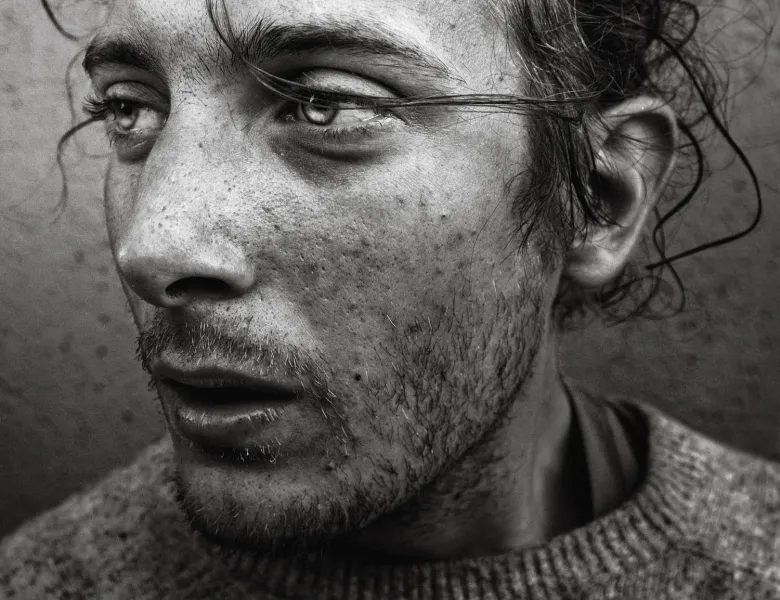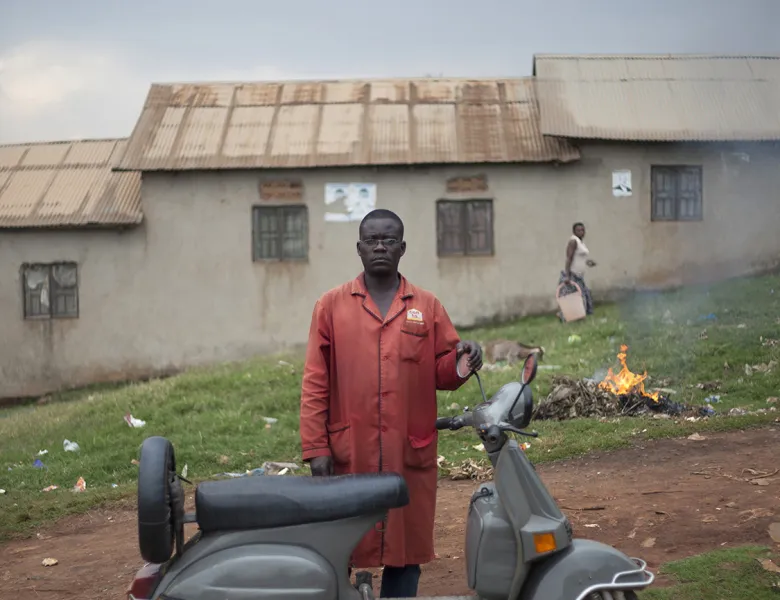A beautiful glitch
"I do not criticize the contemporary obsession with beauty, I simply try to question this phenomenon through my photography." - Ewa Doroszenko
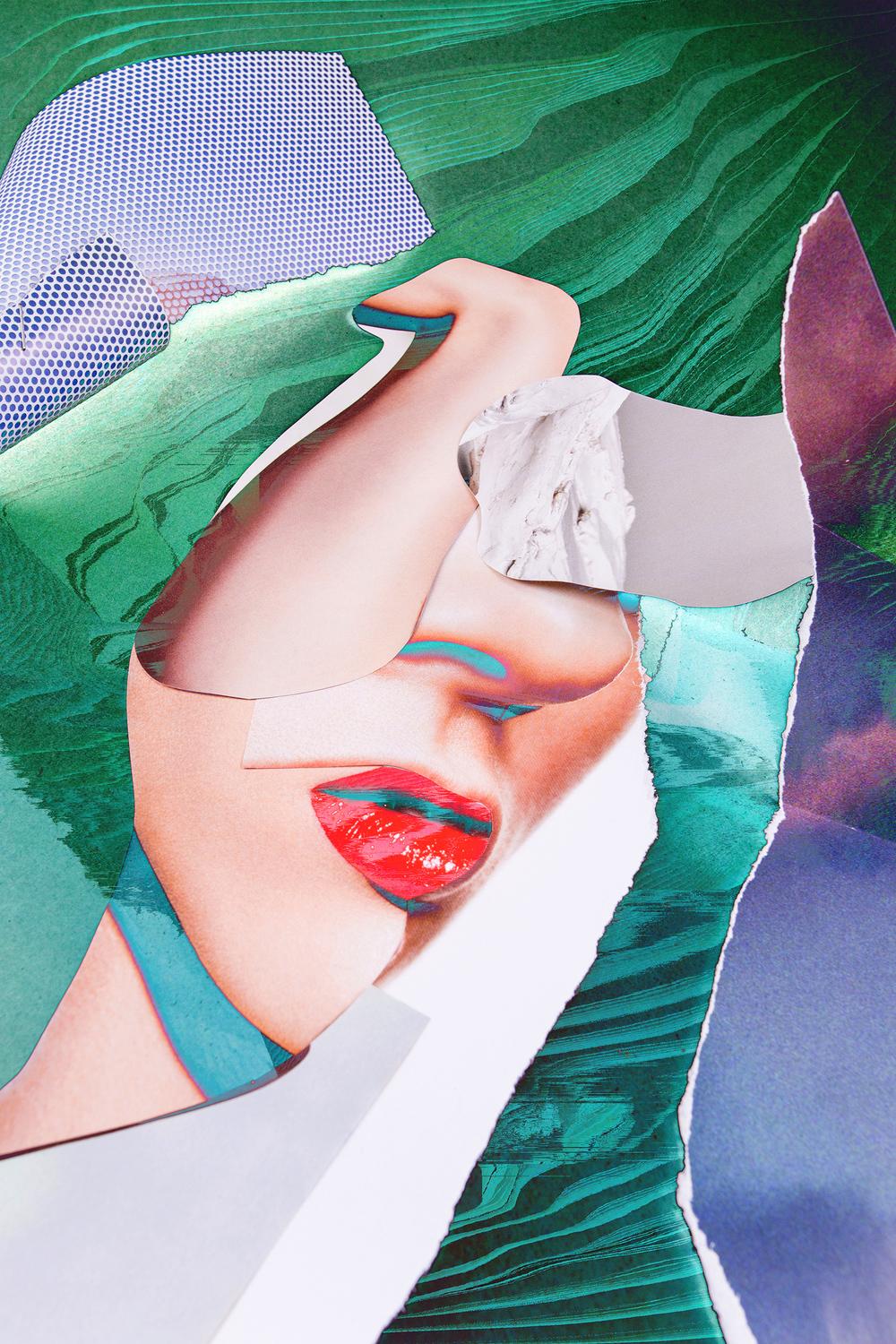
Ewa Doroszenko is a visual artist from Poland. Doroszenko has been drawing and photographing since her early childhood, she never doubted she wanted to be an artist. She earned a Doctor of Fine Arts degree from the Nicolaus Copernicus University in Torun (2012), where she also obtained a Masters degree in Fine Arts (2008).
During her studies, she began to experiment with the conceptual approach to photography. Ewa explains how she sees photography as a sequence of actions: “In my opinion, the basic photograph doesn’t operate as a self-contained, enclosed, image but rather as a space where many possibilities can take place. These possibilities are increasing to thanks to the digital post-production processes now available.”
Her series Body Editor was among the curated selection of 18 projects from the inaugural Der Greif and the World Photo Organisation open call.
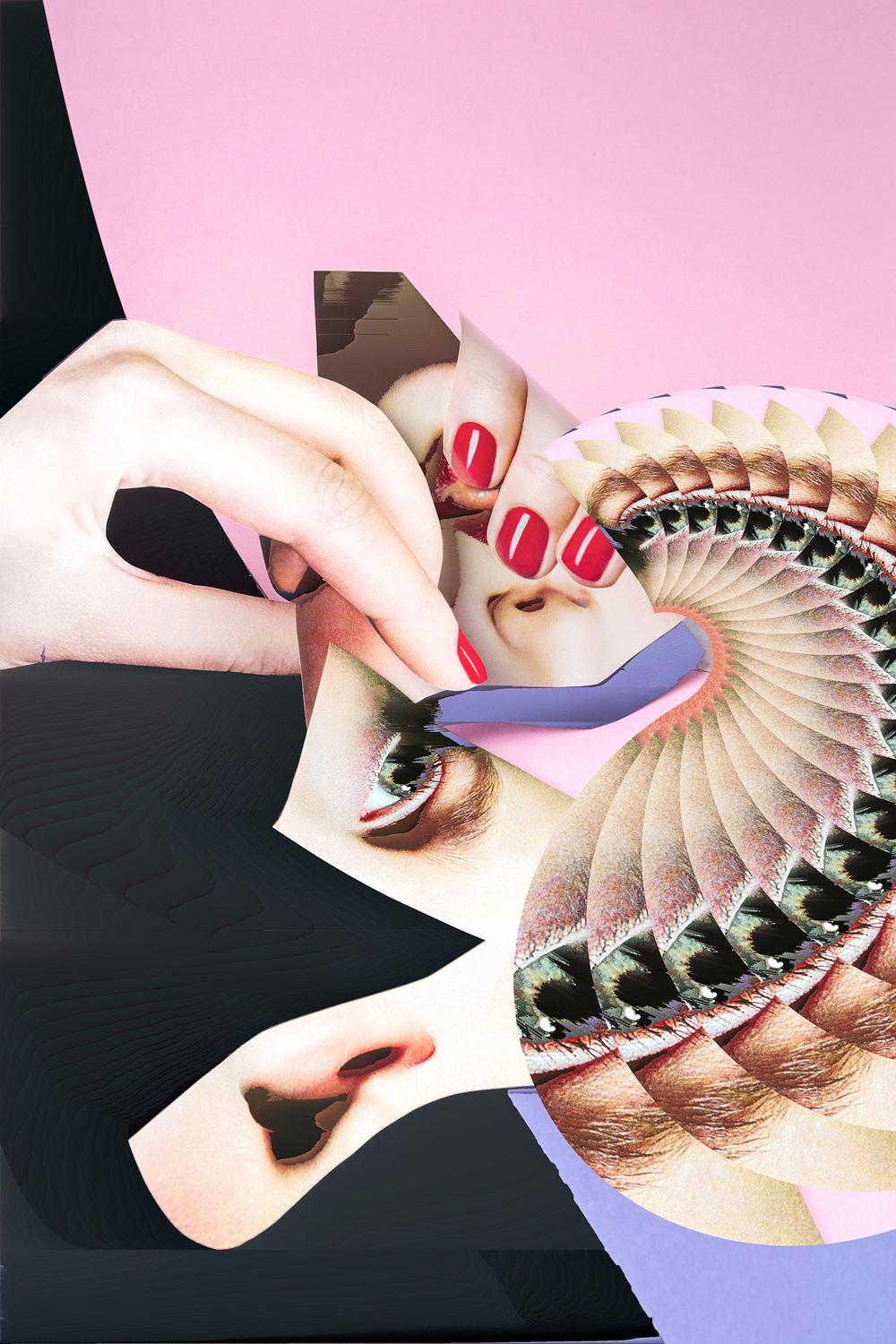
How did you come up with the series Body Editor?
The images are inspired by the failures and “bugs” in beauty apps, where unnatural bodies distort. These apps are supposed to help women photograph themselves – by blurring their imperfections, slimming down bodies, whitening their teeth, making their eyes bigger, and so on. The range of tools are plentiful and include such functions as blemish fix, make-up, collage function and many more.
Plastic surgeons and almost the entire beauty industry sell the idea that women must look beautiful. Manufacturers of beauty applications benefit from this lie and make a good deal of money from it. With greater disbelief, I see the growing popularity of beauty apps among young women. I do not criticize the contemporary obsession with beauty, I simply try to question this phenomenon through my photography.
In the age of social media, where selfhood is effaced by self-promotion and the glorification of digital beauty undermines the truthfulness of real self-expression, women become dissatisfied with what they see in the mirror. Digitally edited images can serve as aspirational fantasies and occasionally they have a positive impact when they are just the results of joyful entertainment. But can a game in which “your body is a battleground” be truly enjoyable? The phrase from Barbara Kruger's iconic work has just as much resonance today as it did 25 years ago.
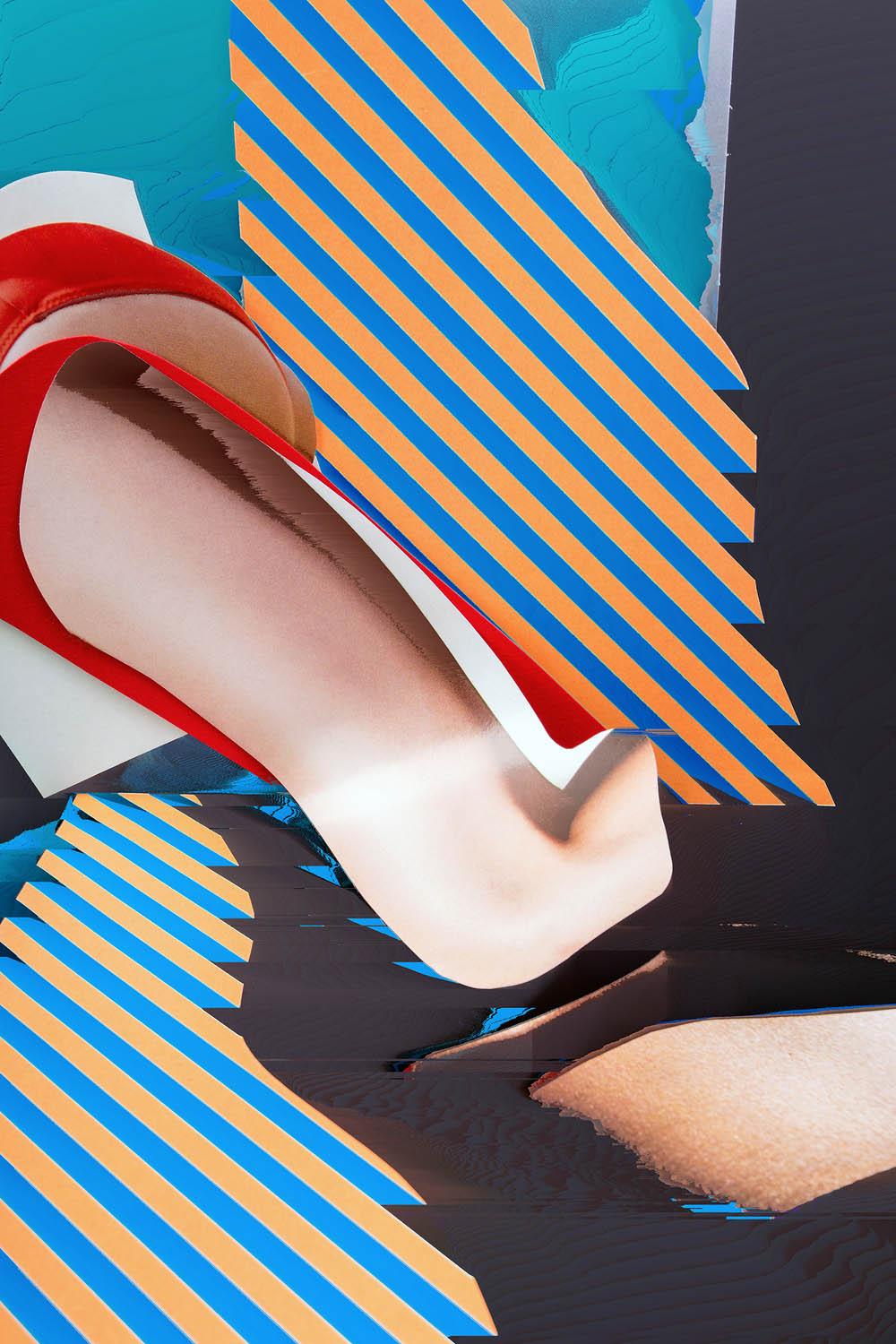
How did you get to the final selection of images?
The key to my work is experimentation. Sophisticated editing tools, popular beauty appsand computer games change our perception of what true beauty is. We try to categorize and compartmentalize our world in opposition. It is digital and physical; it is nature and culture, yet new technologies reveal previously unknown layers of beauty. A strong need for imagery replaces real experience and makes the photographic representation of the body compete with the real physical body. In my opinion, it is very important for contemporary photography to hide evidence, or to have a strong element of ambiguity. Where is the truth in photography? What is the reality? I think photography has an incredible ability to describe facts, but also to hide facts.
In the aesthetics of my work, I was interested in the idea of imperfection and the allowance of error, which makes me think about the fact that modern technologies have built-in flaws in them. I tried to examine ways of deconstructing the digital pieces. I used photography as a starting point, alongside digital tools to create an expressive project that is inspired by my conflicting attraction and aversion to images of beautiful women. I employed many methods of creating images: preparing three-dimensional collages constructed from found images downloaded from the web and my own portraits, photographing the scenes, printing in large sizes, physically manipulating prints, and digitally editing final photos. In my final work, I tried to leave visible traces of digital processing, partly revealing my working methods in order to provoke discussion about contemporary photography.
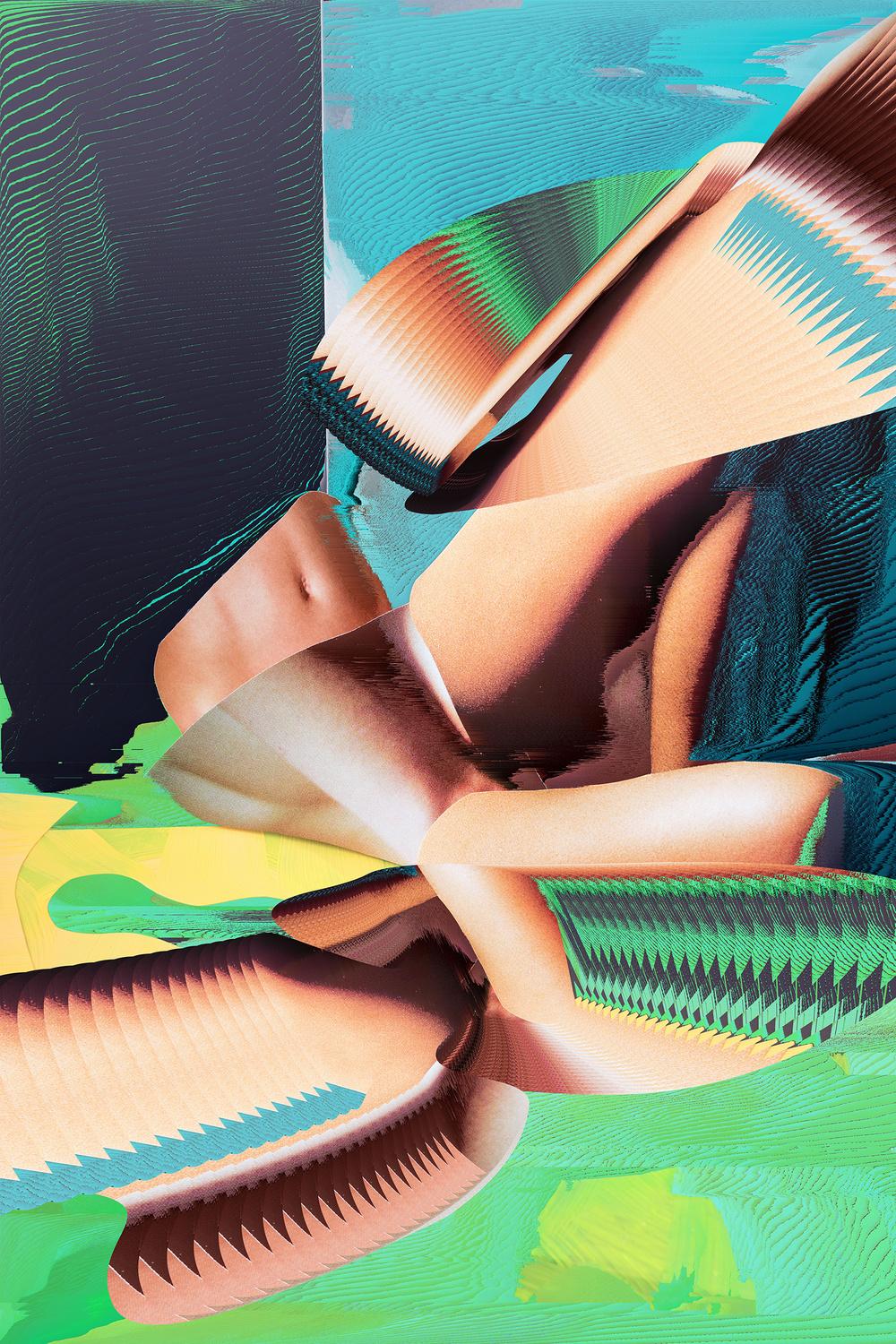
You are a Warsaw-based artist whose creative practice employs a mixture of painting, photography and digital media. Why do you mix these three mediums?
My explorations are not limited by any medium, I experiment with various methods in an attempt to portray my thoughts. When I’m thinking about creating new work, I try to create structures with many layers of meaning. My work seems to progress in a very linear way; it is very process-oriented. I begin with traditional media and then start to incorporate technology. I found digital media to be the best tool going forward, and I started to make works that could mix together everything that had previously been separated. I use many techniques and I am constantly seeking new techniques to learn. Yet I’m not dependent on any one tool and I never let my own skills stop me from pursuing an idea.
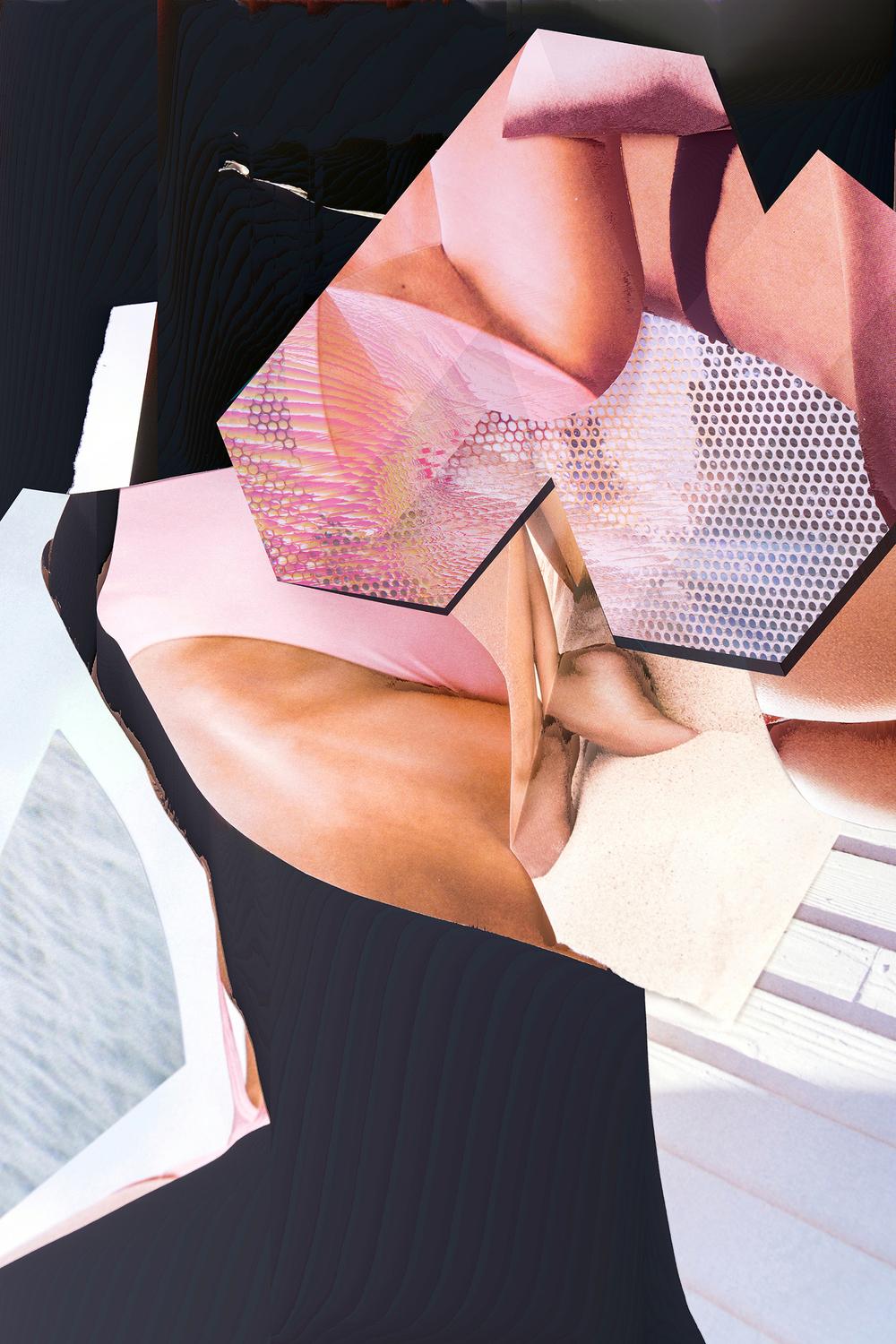
Your research addresses questions of future technology in tune with digital aesthetics and the traditional fine arts. Can you tell us more about this?
My main interest is the influence of technical mediums on the way people see the image. I test human perception, especially the way we look at photographs. Digital realizations are not only a visual representation of reality but also an extension of human vision. As every person perceives the world in a different way, so does the device. It’s therefore difficult to talk about reality and its definition because of its diversity.






